Description
Les buveurs by Oreste Cortazzo printed on a T-Shirt
About the T-Shirt
Regular fit
Standard length, the fabric easily gives into movement
Casual wear
A classic, everyday option loved by our customers
Side-seamed
Constructed by sewing two parts together, creating a fitted look
The Unisex Staple T-Shirt feels soft and light with just the right amount of stretch. It’s comfortable and flattering for all. We can’t compliment this shirt enough–it’s one of our crowd favorites, and it’s sure to be your next favorite too!
- Solid colors are 100% Airlume combed and ring-spun cotton
- Ash color is 99% combed and ring-spun cotton, 1% polyester
- Heather colors are 52% combed and ring-spun cotton, 48% polyester
- Athletic and Black Heather are 90% combed and ring-spun cotton, 10% polyester
- Heather Prism colors are 99% combed and ring-spun cotton, 1% polyester
- Fabric weight: 4.2 oz./yd.² (142 g/m²)
- Pre-shrunk fabric
- 30 singles
- Side-seamed construction
- Tear-away label
- Shoulder-to-shoulder taping
- Blank product sourced from Nicaragua, Mexico, Honduras, or the US
Oreste Cortazzo (1836–1910)
Oreste Cortazzo was an Italian-born French painter, graphic artist and illustrator.
His family originally came from Ceraso, in the Province of Salerno. Around 1848, he began an apprenticeship with his father, Michele (c.1808-1865), who was also a painter and a great admirer of Titian. (Some of Michele’s works may be seen at the Palace of Caserta, near Naples.)
In 1858, he met Léon Bonnat, who was studying in Rome. When Bonnat returned to Paris in 1860, Cortazzo decided to go with him; to take lessons and work in his studio. Having had a conservative education, he struggled to choose sides in the dispute between the Academics and the Impressionists.
He initially earned his living doing portraits for a largely bourgeois clientele and producing genre scenes on commission for Goupil & Cie. He was, however, attracted by more “exotic” styles; especially Japanese painting. As a result, he created two works: “Japanese Fantasy” and “Japanese Woman”, although they still displayed aspects of the Academic style. Some of his works also show the influence of photography.
From 1870 to 1885, he was a regular participant in showings at the Salon. He also exhibited at the Exposition Universelle (1878) and the International Exhibition of Science, Art and Industry in Glasgow. After that, he derived inspiration from the English Romantics and produced numerous landscapes in that style. His works received honorable mention at the Exposition Universelle (1889).
He also illustrated several works by Balzac, including the novels, La Rabouilleuse, Le Député d’Arcis, Albert Savarus and Un début dans la vie; the novelette, Peines de cœur d’une chatte anglaise and the essays, Petites misères de la vie conjugale, and Physiologie du mariage. He was also one of several artists who provided drawings for a lavish edition of Romeo and Juliet; published in London in 1890 by Raphael Tuck & Sons.
Many of his paintings were acquired by Léon Bonnat and are currently at the Musée Bonnat-Helleu in Bayonne.

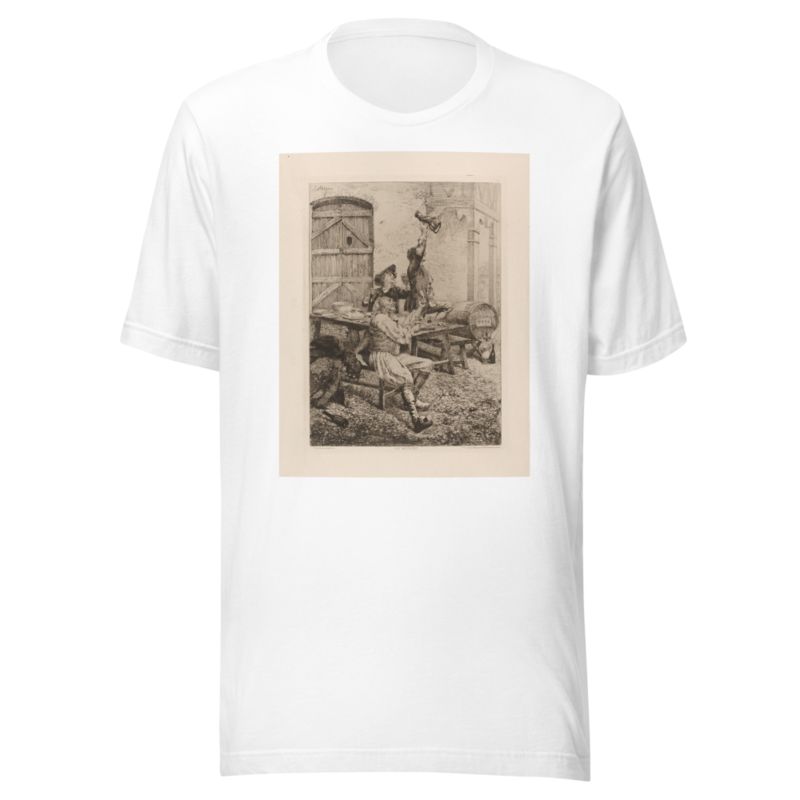
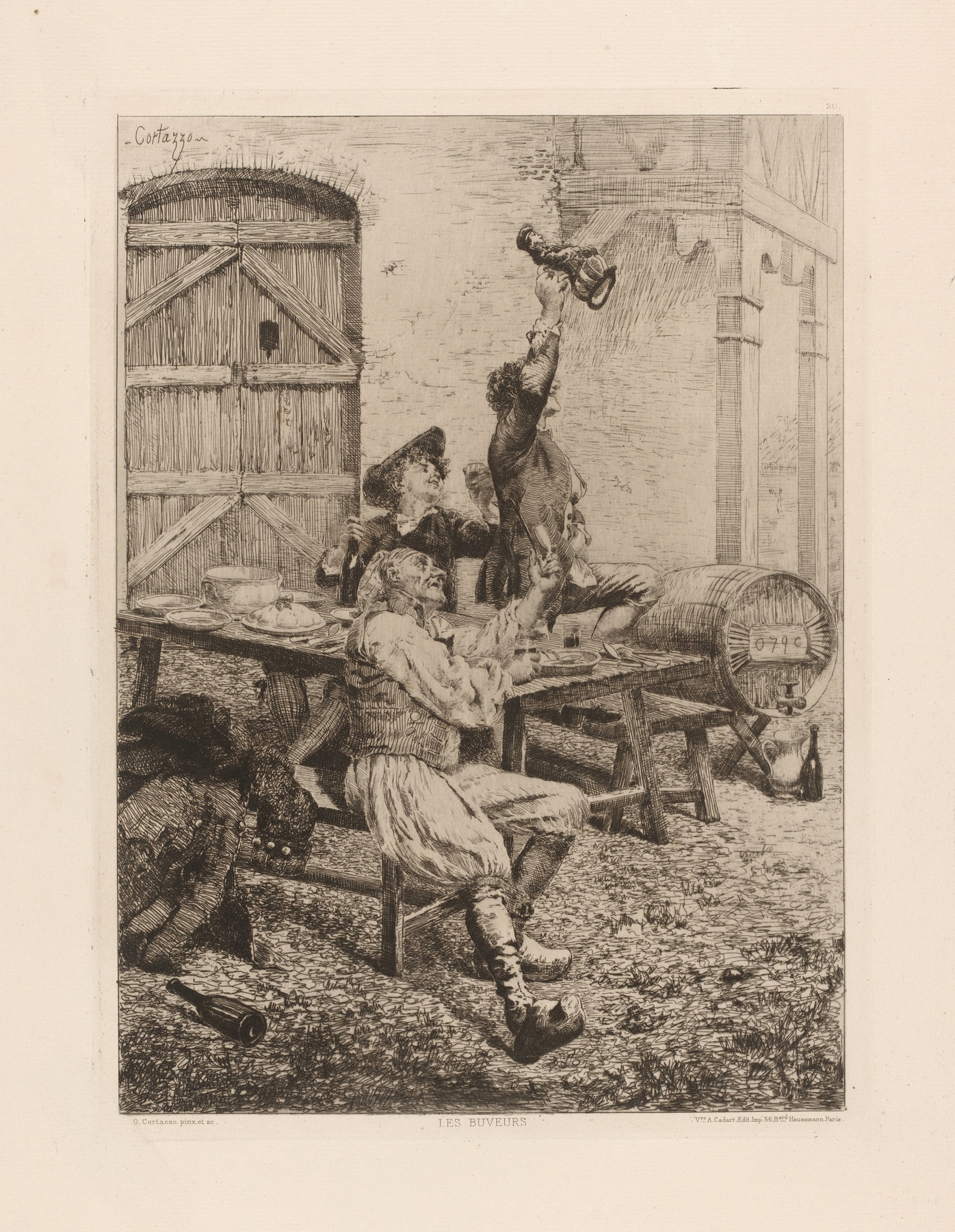
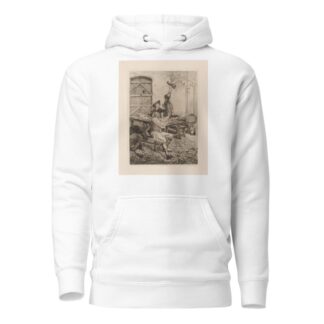
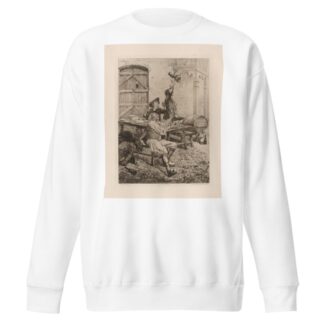
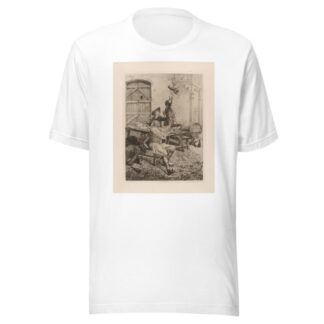
Reviews
There are no reviews yet.